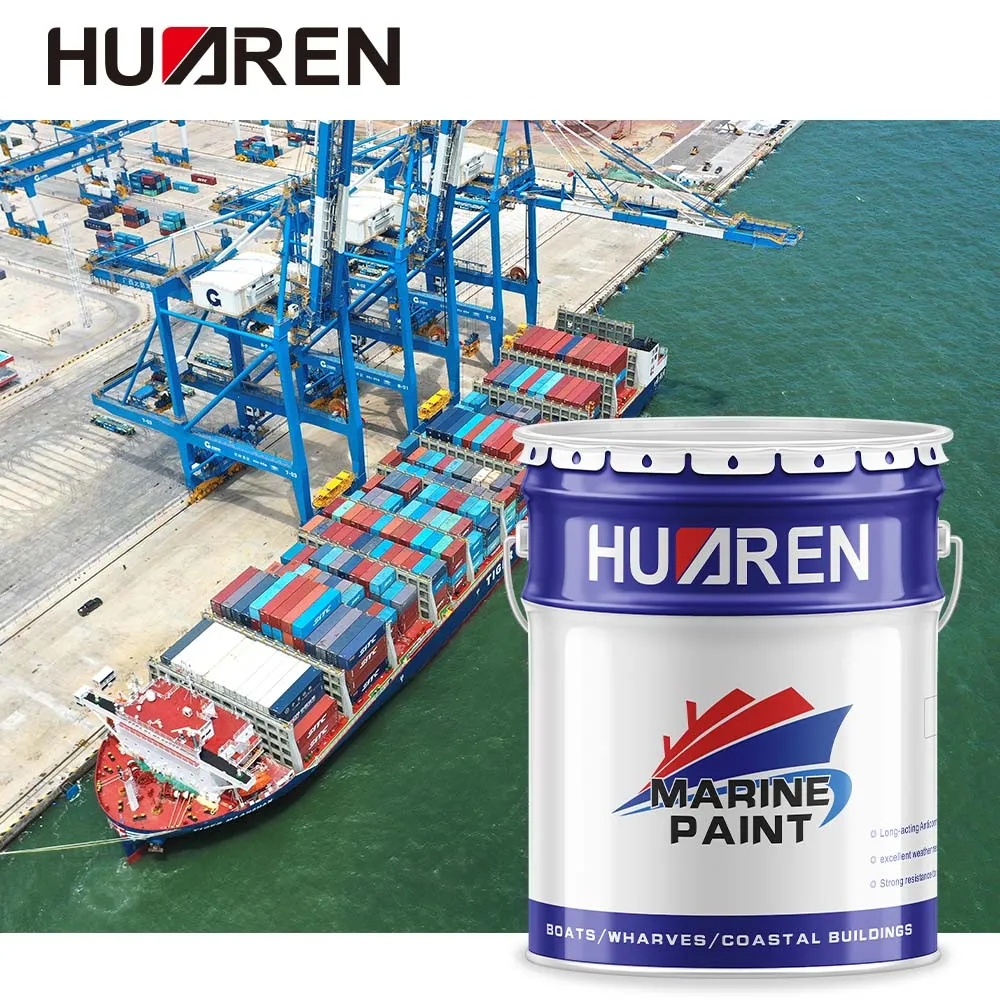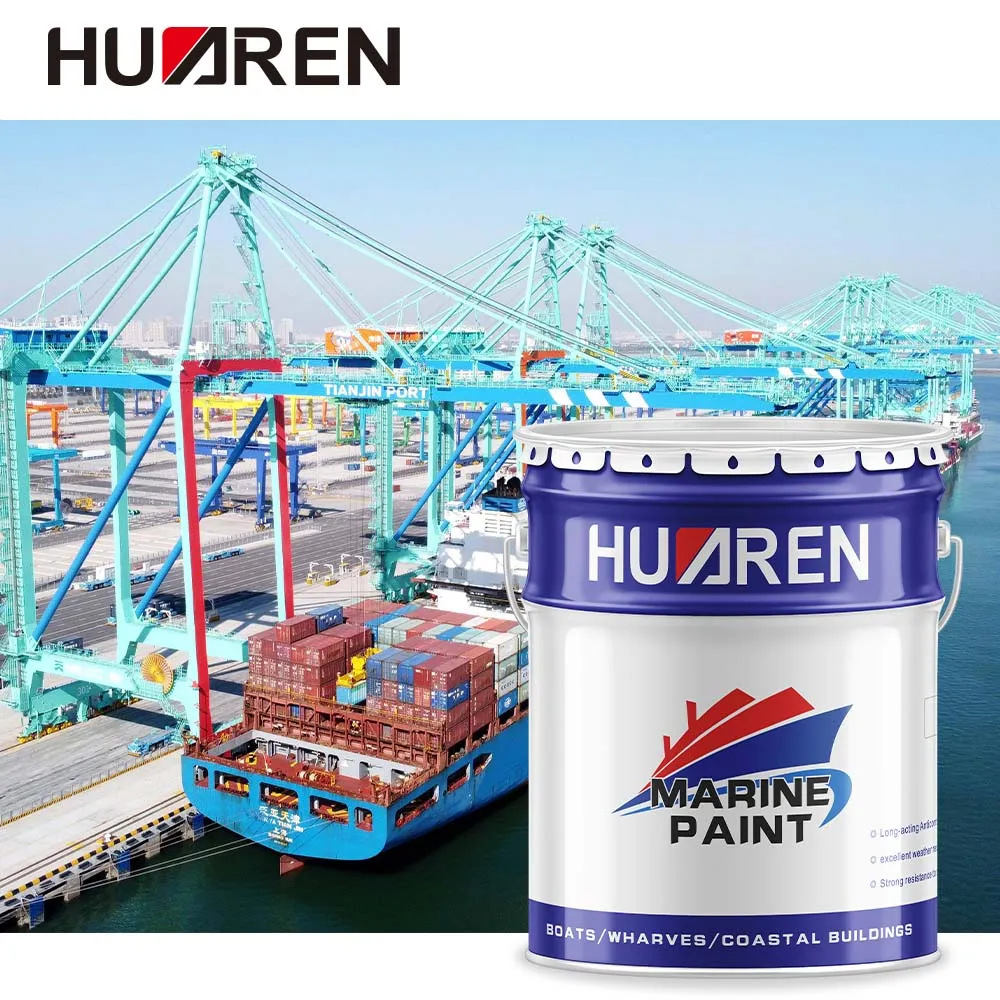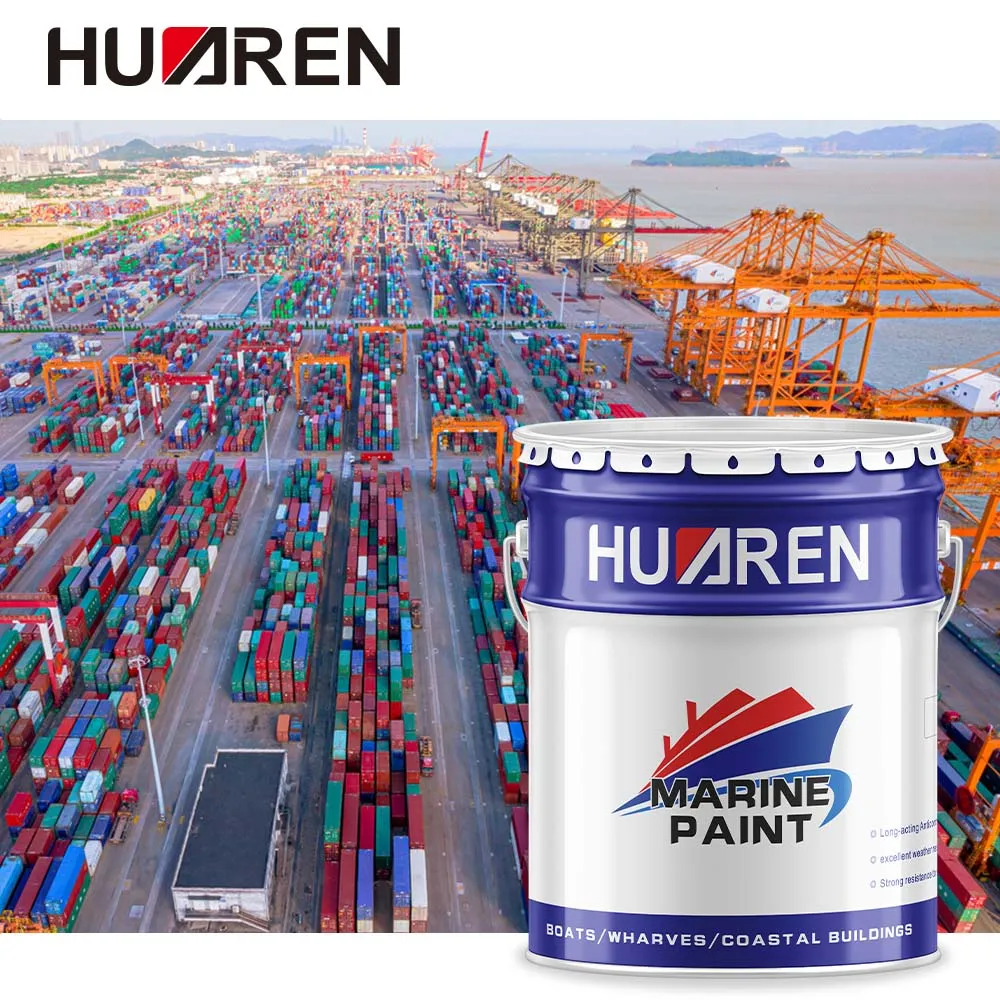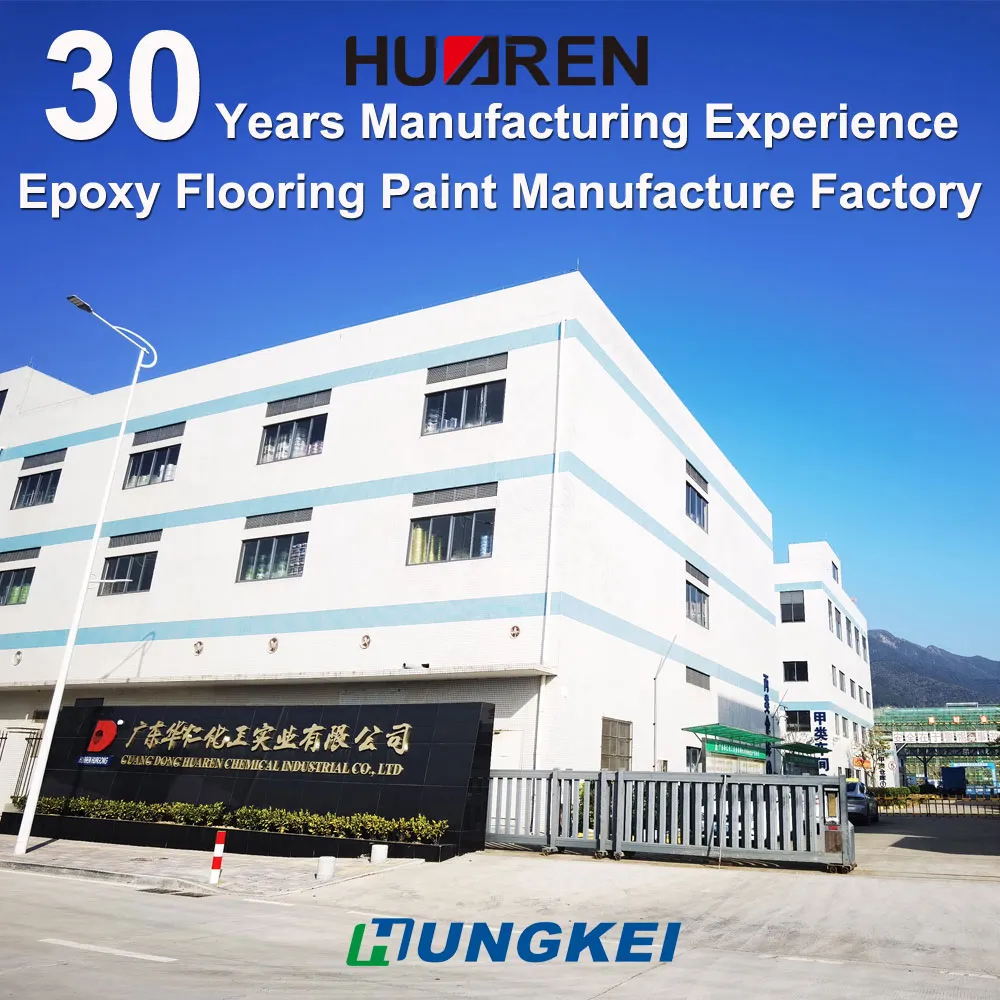During long-term ocean voyages, ships often face the challenge of underwater biological attachment. Marine organisms such as barnacles, shellfish, and algae attached to the hull not only affect the beauty of the ship, but also seriously affect the ship's speed, fuel consumption and structural safety. Therefore, antifouling ship coatings have become an important part of ship management and maintenance. However, even the best antifouling coatings will gradually lose their effectiveness after long-term use and must be regularly inspected and replaced.
So, how to judge whether antifouling ship coatings need to be replaced? This article will explore the service life, inspection methods and specific standards for replacement of antifouling ship coatings.

What is the role of antifouling ship coatings?
Antifouling coatings are specially designed coatings applied to the underwater part of the hull. Its main function is to prevent the attachment of aquatic organisms. Marine organisms attached to the surface of the ship not only affect the performance of the hull, but also accelerate the corrosion of the metal. Antifouling coatings prevent these organisms from attaching by chemical, physical or biological means.
Antifouling marine coatings are generally divided into several types, mainly including:
1. Self-polishing antifouling coatings
Self-polishing coatings have good self-cleaning properties. When the ship is traveling in the water, the coating will gradually wear away, exposing the fresh coating to the outside, thereby maintaining the effectiveness of the coating. Such coatings are suitable for long-term use, but their antifouling effect will gradually weaken over time.
2. Hard film antifouling coatings
Hard film antifouling coatings form a harder film layer after coating and have strong antifouling properties. Such coatings wear slowly, but once worn, the antifouling effect will decline rapidly. They are generally suitable for ships that require long-term maintenance.
3. Antifouling coatings containing copper
Copper ions are highly toxic to marine organisms, so some antifouling coatings contain copper components, which can effectively inhibit the growth of organisms such as barnacles. Such coatings need to be checked regularly to prevent excessive release of copper ions or damage to the coating.
4. Non-toxic antifouling coatings
With the improvement of environmental awareness, some non-toxic antifouling coatings have also appeared on the market. This type of coating usually uses natural minerals or other non-toxic materials to reduce the negative impact on the marine ecology.
Each antifouling coating has its advantages and disadvantages and applicable scenarios. Users need to choose the appropriate coating according to the ship's navigation area, navigation frequency, hull type and other factors.

What is the service life of antifouling coatings?
The life of antifouling coatings is affected by multiple factors, including the type of coating, the use environment, the navigation frequency of the ship, and the thickness of the coating. Generally speaking, the service life of antifouling coatings is usually between 1-5 years. Specifically:
● Self-polishing coatings: Due to its self-polishing properties, it can usually last for 3-5 years. However, in the case of high-frequency navigation, its effect may decrease faster.
● Hard film coatings: Hard film coatings have a relatively long service life, usually around 2-4 years.
● Copper-containing coatings: The service life of copper-based coatings is usually 2-3 years, depending on the thickness of the coating and the pollution of the waters.
● Non-toxic coatings: The service life of this type of coating is usually 2-3 years, depending on the impact of the ship's navigation environment.
These are just a rough reference. The specific lifespan also needs to take into account the waters where the ship is located, the intensity of the ship's use, and the maintenance of the coating.
How to judge whether the antifouling ship coating needs to be replaced?
Whether the antifouling coating needs to be replaced can be judged by the following aspects:
1. Damage and peeling of the coating
Damage, cracking and peeling of the coating are important signs to judge whether the antifouling coating needs to be replaced. The damage of the coating may be caused by the following reasons:
● Mechanical wear: Long-term sailing, especially at high speeds, the surface of the hull is prone to impact or friction, causing local damage to the coating.
● Ultraviolet radiation: Long-term exposure to sunlight may cause the antifouling coating to lose its luster and become fragile due to ultraviolet radiation, resulting in peeling of the coating.
● Marine pollutants: Pollutants, salts and the attachment of aquatic organisms in seawater will accelerate the aging of the coating.
When the surface of the antifouling coating is obviously peeled off or damaged, the antifouling effect will be greatly reduced, and the coating needs to be replaced in time.
2. Reduction of antifouling effect
The antifouling effect of antifouling coatings will gradually weaken over time. When a ship is sailing in the water, if it is found that the attachment of marine organisms such as barnacles and shellfish on the hull is getting worse, even if there is no obvious peeling or damage on the surface of the paint, it may be that the antifouling effect of the paint has decreased.
Generally, ship owners can judge the change of antifouling effect in the following ways:
● Reduced speed: When there are too many biological attachments on the hull, the surface of the hull will become rough, which will increase resistance and reduce speed.
● Increased fuel consumption: Biological attachment not only affects the streamline of the hull, but also increases water resistance, resulting in increased fuel consumption of the ship.
If the ship's speed and fuel consumption are found to have obvious changes, it may be a sign of a decrease in the antifouling effect of the paint, and it is necessary to consider whether the paint needs to be replaced.
3. The coating thickness is too thin
The thickness of antifouling paint is also an important factor affecting its service life and antifouling effect. Each antifouling paint specifies the recommended coating thickness in the product manual. Too thin a coating will significantly reduce the antifouling effect of the paint and is prone to rapid wear during the ship's voyage.
Generally speaking, the thickness of antifouling paint can be measured by a wet film thickness gauge. If the measurement results show that the coating thickness is below the specified standard, the antifouling effect of the coating may have been affected and replacement is necessary.
4. Color change of the coating
The color of the antifouling coating may change during use, especially in a long-term marine environment. The color change usually means that the coating has undergone a chemical reaction and may be a sign of aging. The change in color does not necessarily affect the antifouling effect immediately, but if the color of the coating is found to be significantly faded or uneven, it may be that the coating has been damaged and the antifouling effect has begun to decline.
5. Regular maintenance inspections
In order to ensure the effectiveness of antifouling coatings, ships should be regularly maintained and inspected. Maintenance inspections are not only to check whether the coating is peeling, but also to check whether the coating has defects such as cracks, bulges, and peeling. Shipowners can regularly conduct inspections through professional ship maintenance companies to ensure the effectiveness of antifouling coatings. Based on the inspection results, shipowners can determine whether repainting or replacement is required.

How to replace antifouling coatings?
If the above inspection determines that the antifouling coating needs to be replaced, the next task is how to replace the coating. Replacing antifouling coatings is not a simple task, involving multiple steps such as cleaning, grinding, and painting.
1. Thoroughly clean the hull
First, make sure that there is no oil, dirt or remnants of old paint on the surface of the hull. Usually, you need to use a high-pressure water gun or a special cleaning agent to thoroughly clean the hull surface. For old coatings, you can use paint remover or sandpaper to polish off the surface stains to ensure that the new antifouling paint can adhere firmly.
2. Apply primer
After the cleaned and polished hull surface, it is usually necessary to apply a layer of primer first. Primer helps to enhance the adhesion of antifouling paint and improve the anti-corrosion effect. The choice of primer needs to be determined according to the material of the hull and the environmental conditions.
3. Apply antifouling paint
When applying antifouling paint, pay attention to the uniform application of the paint. You can use tools such as brushes, rollers or spray guns to apply it to ensure that every corner is covered. Usually, the antifouling paint needs to be applied in two layers, and the second layer is applied after the first layer of paint dries.
4. Drying and curing
After the application is completed, the antifouling paint needs a certain amount of time to dry and cure. Different types of coatings have different curing times, usually requiring 24 to 48 hours to completely dry. Vessels should avoid contact with water or other substances during curing to ensure the effectiveness of the coating.

Looking for a trusted Chinese supplier of industrial coatings?
Huaren Chemical Industry Co., Ltd. is a professional manufacturer specializing in high-performance paints and resins since 1994. Our factory, located in China, features 30 state-of-the-art production lines capable of producing over 20,000 tons annually. From heavy-duty anti-corrosion paints to water-based acrylic coatings, our products are tailored for industries such as petrochemicals, steel structures, and shipbuilding. We offer competitive prices, wholesale deals, and customized solutions to meet your project requirements. With a strong export presence in Africa, Southeast Asia, and Europe, Huaren Chemical is committed to providing exceptional quality and excellent customer service. Contact us today for factory quotes and special promotions to start your bulk purchasing journey.

